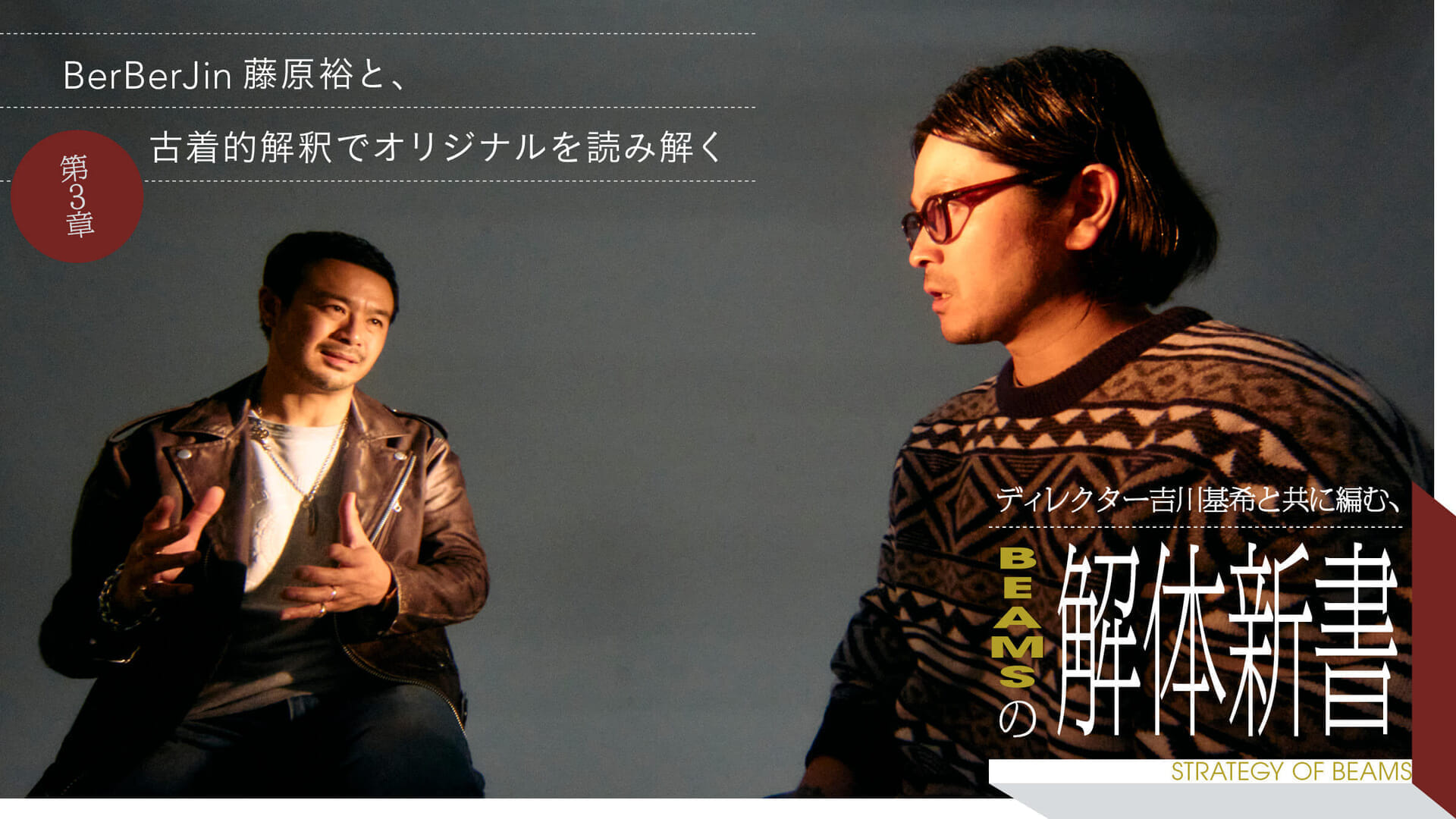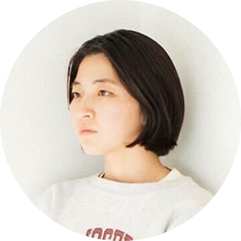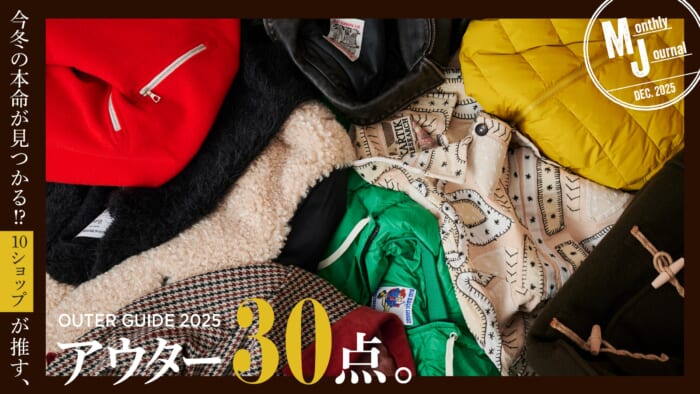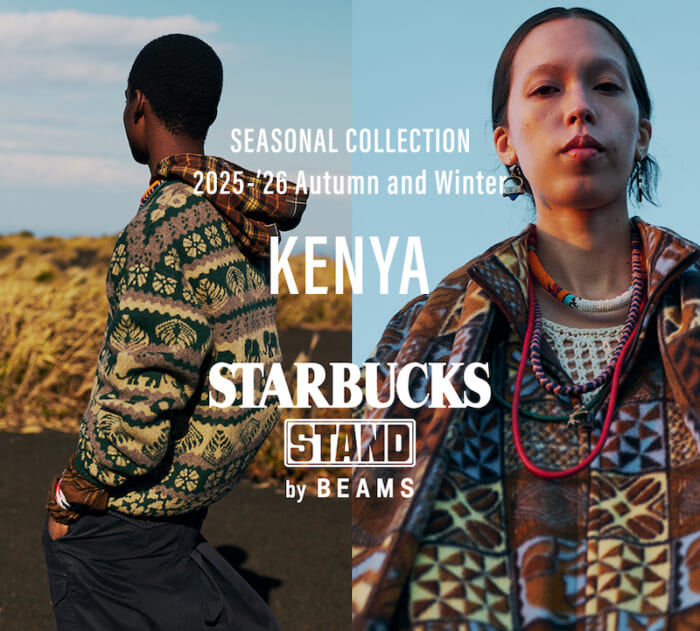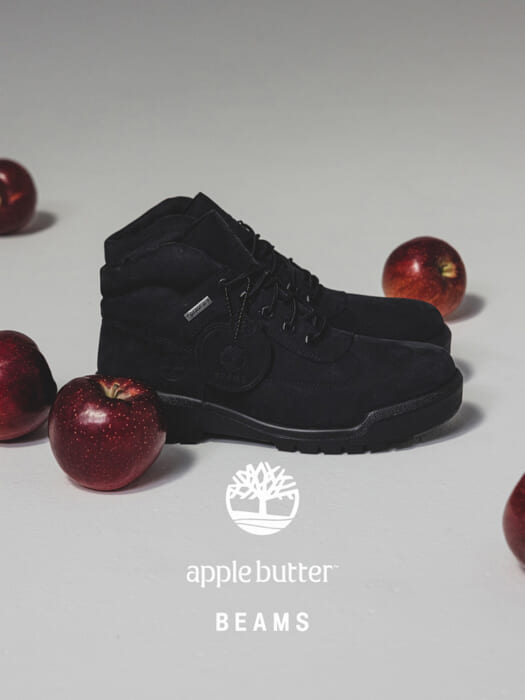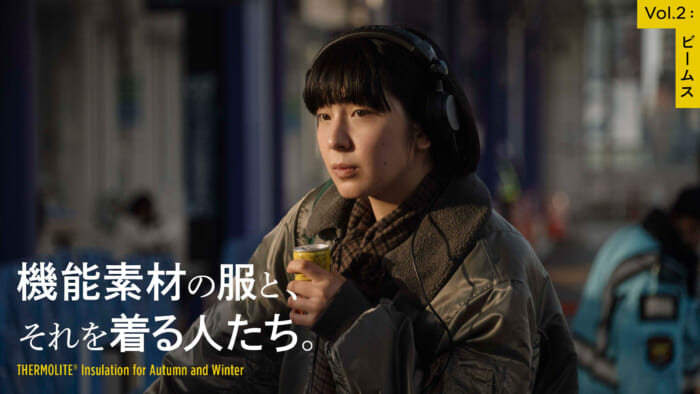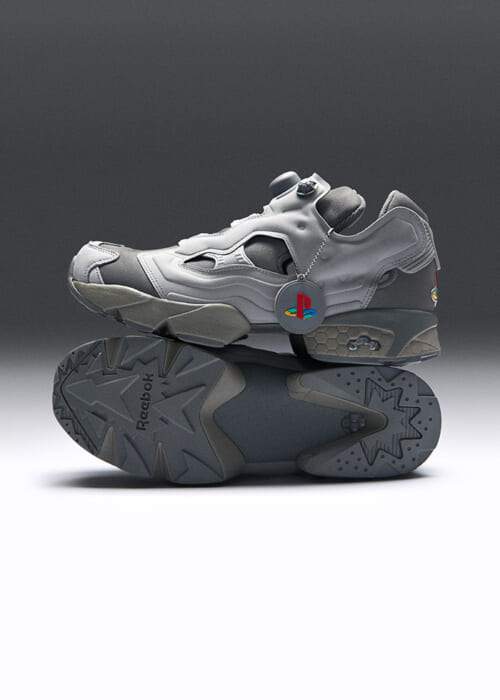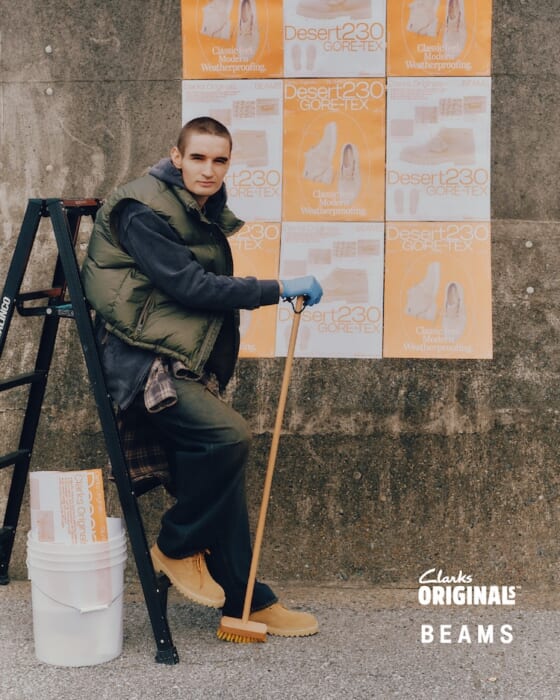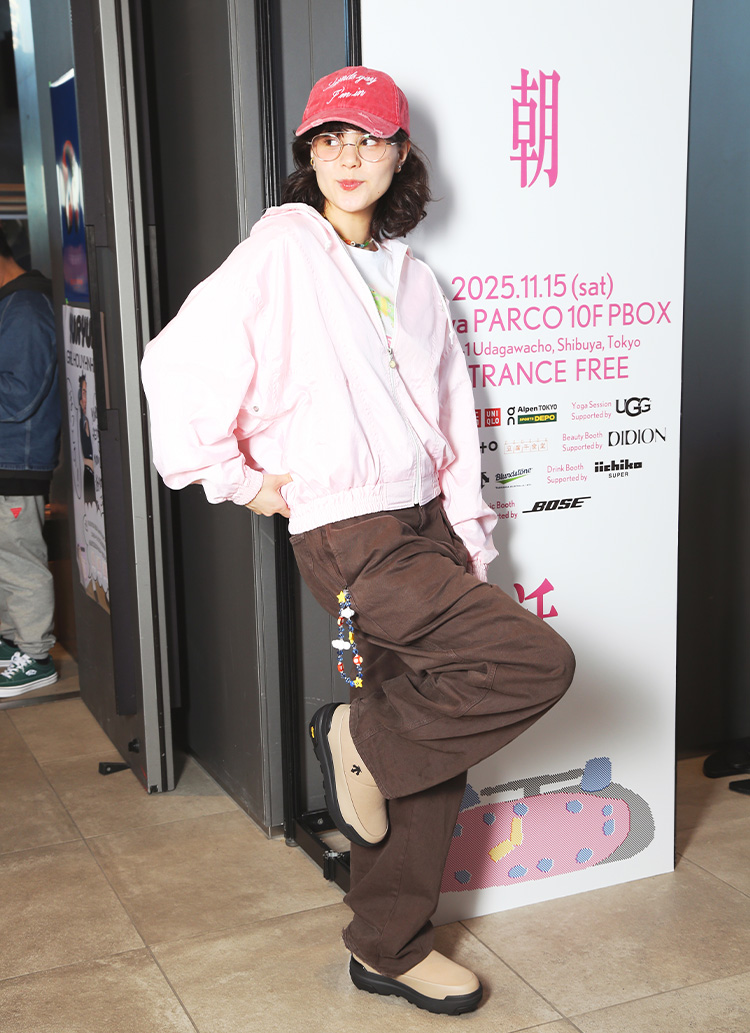Items designed while keeping a close eye on trends in vintage clothing.

What kind of lineup do you have for the November items at BEAMS?
Yoshikawa:In line with the theme of this season's "Urban Activity Labo," the lineup pays homage to outdoor and military wear from the early to mid 90's. Outdoor brands that started in the 70's were evolving in color and material use in the 90's, and we are conscious of that, We are conscious of these trends while brushing up our production in a modern way. Today's outdoor wear looks technical and sophisticated, but it expresses the classic and somewhat earthy mood of those days.
However, you don't reproduce vintage items as they are, but update them.
Yoshikawa:That's right. What we are doing now is rearranging details, materials, and silhouettes, adding modern interpretations. We use vintage clothing as a base, but incorporate ideas such as, "If this were done this way, it would be easier to wear now. We place importance on updating clothes to suit the current trends, such as lightening heavy materials and changing the size balance.
ITEM 1
This coat also pays homage to the military wear of the 90s, but has been updated to a more modern design.
Yoshikawa:This item is based on an early Generation 1 ECWCS (EXTENDED COLD WEATHER CLOTHING SYSTEM) model. Originally, the length of this item was about waist-length, but I remember seeing someone wearing a long-length item like this in a snapshot in a magazine. Using that as a reference, "BEAMS" also arranged the item by lengthening the length.
Fujiwara:I have a long one, too. I should have brought it today.
Yoshikawa:I knew there was an original.
Fujiwara:I think I found a long one 4-5 years ago. I haven't looked up the name or anything properly, but the lining material was a bit different from the regular ECWCS, so maybe it's another item in a different category. I think it was probably from the 90s. I was in the mood at the time, but when I tried it on, it didn't really suit me (laughs). (laughs) Still, it was an interesting item, so I bought it anyway.

Yoshikawa:This one also comes with a liner. At the time, the ECWCS liner was equipped with a brown boa, but that was a little too snug, so we changed it to a quilted liner so that it can be worn as a single piece as well. So it can be worn in 3 ways.
Fujiwara:So this liner can be matched with other items.
Yoshikawa:That's right. We designed it with such versatility in mind.
Fujiwara:The camo pattern is not a vintage ripstop fabric, but from a practical and fashion point of view, I think young people in particular will see this kind of plaid fabric as a good arrangement. It can be interpreted in a slightly technical way, and in fact, it looks cooler in today's fashion.
Yoshikawa:Yes, it is. We chose this fabric so that young people would think it looks military. I designed this pattern and made the fabric from scratch.

Yoshikawa:I also made some arrangements in places. In old clothes, there are pockets on the inside of the clothes that open and close with Velcro, but I put them on the front side so that they can be opened and closed with a delicate zipper.
Fujiwara:I am glad to see this kind of arrangement, because if you are wearing knitwear or something inside, the Velcro tapes can get caught on it and cause it to fluff up. It would be a shock if it was a cashmere knit or something like that (laughs).
Yoshikawa:That's another point I noticed when I actually wore it myself. The price is also in the low 40,000 yen range, and I thought it was a good deal.
Fujiwara:That's affordable. That's what "BEAMS" can do.
Next, how about this fleece item?
Yoshikawa:This is an arrangement at a level where the original is no longer recognizable. The base is a military M-65 field jacket. The length was shortened, and the pockets on the chest and waist were changed to chest pockets only. In addition, the material was changed to fleece. I think this has changed the look of the jacket and neutralized the military smell.
Fujiwara:Military fleeces tend to be short-furred, but this long-furred fleece gives it a nice expression. The two-tone elbows are like Patagonia's "Rhythm Hoodie," aren't they?
It was a rare model that was only produced for three years.
Yoshikawa:That's exactly where I sampled it from (laughs).
Fujiwara:I knew this nylon switch was the way to go. It is a masterpiece, isn't it?
Are these long fleece items popular in the vintage clothing market?
Fujiwara:Patagonia's fleece caught fire about two or three years ago, especially among young people, and the number of items has been decreasing rapidly since then. Deadstock items don't appear at all anymore. The XS used to be the most popular, but now the opposite is true: the XL fleece is disappearing rapidly.
Yoshikawa:Indeed, at the time, it seemed like, "Who would wear L or XL? It was like, "Who would wear L or XL?
Fujiwara:That's why the current phenomenon is so new to me.
Yoshikawa:Our original items are also quite large in size.
Fujiwara:Vintage Levi's® G-jans are well balanced because the sleeves never get extremely long, even when the size gets bigger. This item is also very large in size, but the sleeves fit well, and the design is well thought out.
Yoshikawa:The body width is large and the shoulders are lowered, but the length from the sleeve to the sleeve seam is adjusted so that it fits snugly in the right place. Shirts are also made oversized, but the pattern is drawn so that the collar and sleeve length do not look uncomfortable. Otherwise, we would just be wearing big clothes. I think it is important to carefully design even the smallest details in order to make it work as a fashion item.
ITEM 3
Next, I would like to introduce cardigans.
Yoshikawa:Mohair cardigans have been very popular for the past two or three years, and BEAMS has made many cardigans in many variations. This is one of them, designed in a raised bouclé material. This one is also oversized, but the sleeve length is not too long.
Fujiwara:Mohair cardigans are very popular in vintage clothing as well. When we first started selling mohair cardigans at our store a few years ago, the price was just under 40,000 yen for a black mohair cardigan. I thought that was pretty aggressive, but now I think it is cheap. I heard that an L-size black item sold for several hundred thousand yen at one store. From my point of view, I think that is a bit excessive.... I think 90,000 yen at least is reasonable.
Yoshikawa:Sensing the cardigan boom, we have been gradually increasing the number of models since the year before last, and they are still very popular.
Do you see such a trend in the used clothing market?
Yoshikawa:Yes, I do. I've seen the vintage clothing trend, and then I've also started to see influencers and creators wearing it a lot.
Fujiwara:Colored knits are very popular these days. It is said that dark colors sell well in a recession, but recently knitwear in light blue, yellow, orange, and other colorful colors have been selling well. It seems that various brands are also offering items in such colors, and I wonder if the economy is gradually recovering. I wonder if the economy is gradually recovering.

The workwear here has an old-fashioned feel to it.
Yoshikawa:It was already a very tattered item, but I adjusted the shoulder width, body width, and sleeve length, using my own Carhartt items as a reference. I want you to pay attention to the processing of this item, and I was amazed at the skill of the Japanese factories. I expressed the old-worn look in a straightforward manner.
Fujiwara:The fade is really clever. It's like it's been properly worn.
Yoshikawa:That's right. It takes craftsmanship to make it fade in and out like this. However, we asked the factory to make this sample several times, and we had a good communication with them.
Fujiwara:Carhartt likes the faded look of brown duck, but the faded look of black is exceptional. Even in secondhand clothing, I pay more for items with this faded look than for items with a lot of black color left. I think that is cooler and more valuable in the sense that it is a one-of-a-kind item.
ITEM 4
Is "Carhartt" popular for secondhand clothing?
Fujiwara:It's very popular. Not only jackets, but also pants are popular. In terms of eras, items from the 80s and 90s are attracting attention, but the early adopters are looking at items from the 40s and 60s that have heart marks on the logo.
Yoshikawa:It's a trend that starts with regular vintage clothing and then goes to vintage further down the line.
Fujiwara:Nowadays, regular items are much more expensive than they used to be, and I think it is good for young people to create items like this. I think these items are a great entry point for people to become interested in secondhand clothing.
It looks like it would be good to put a badge or a badge on it.
Yoshikawa:Yes, it is. It would be nice to have one point on the left chest and customize it yourself.
Fujiwara:It's nice. For me personally, the corduroy collar is also earthy in a good way.
Yoshikawa:You are also making shirts with corduroy collars and other items that match the season's theme.
Is this quilted jacket a special order from Traditional Weatherwear?
Yoshikawa:That's right. BEAMS has been carrying this model for more than 10 years now, and we have ordered it in different colors and sizes. Quilted liners are very popular right now, and in that context, I wanted to revive this item once again, so I featured it as a key item this month. Quilted liners are also attracting attention in vintage clothing, and I often see women wearing them as outerwear.
Fujiwara:I often see items remade from old clothes. The image of quilting is often associated with khaki, but dark navy is a very cool color. If you are used to khaki, this kind of color looks fresh. I think it's great.


